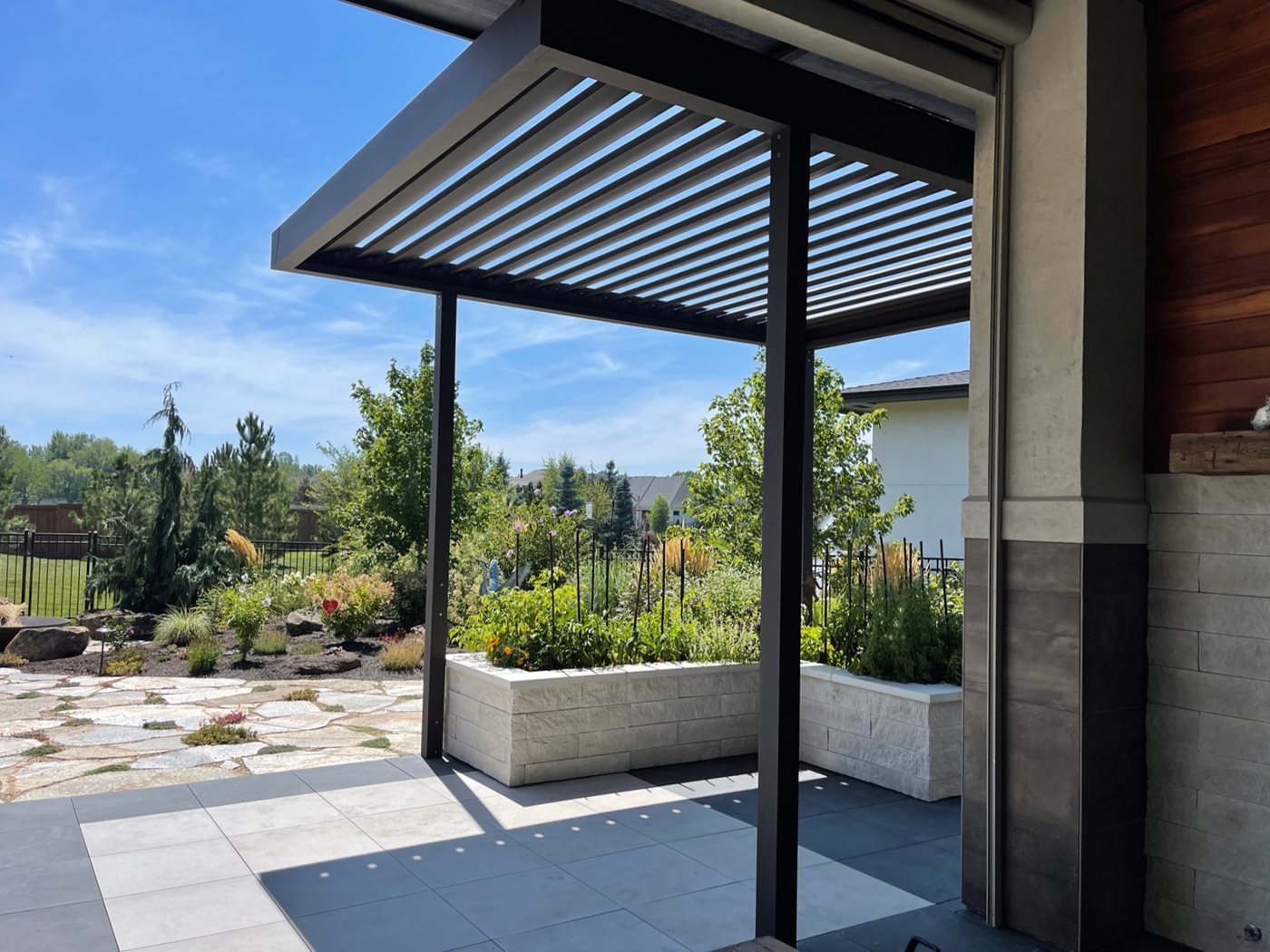
Blog


Shaping Outdoor Spaces for Modern Environments
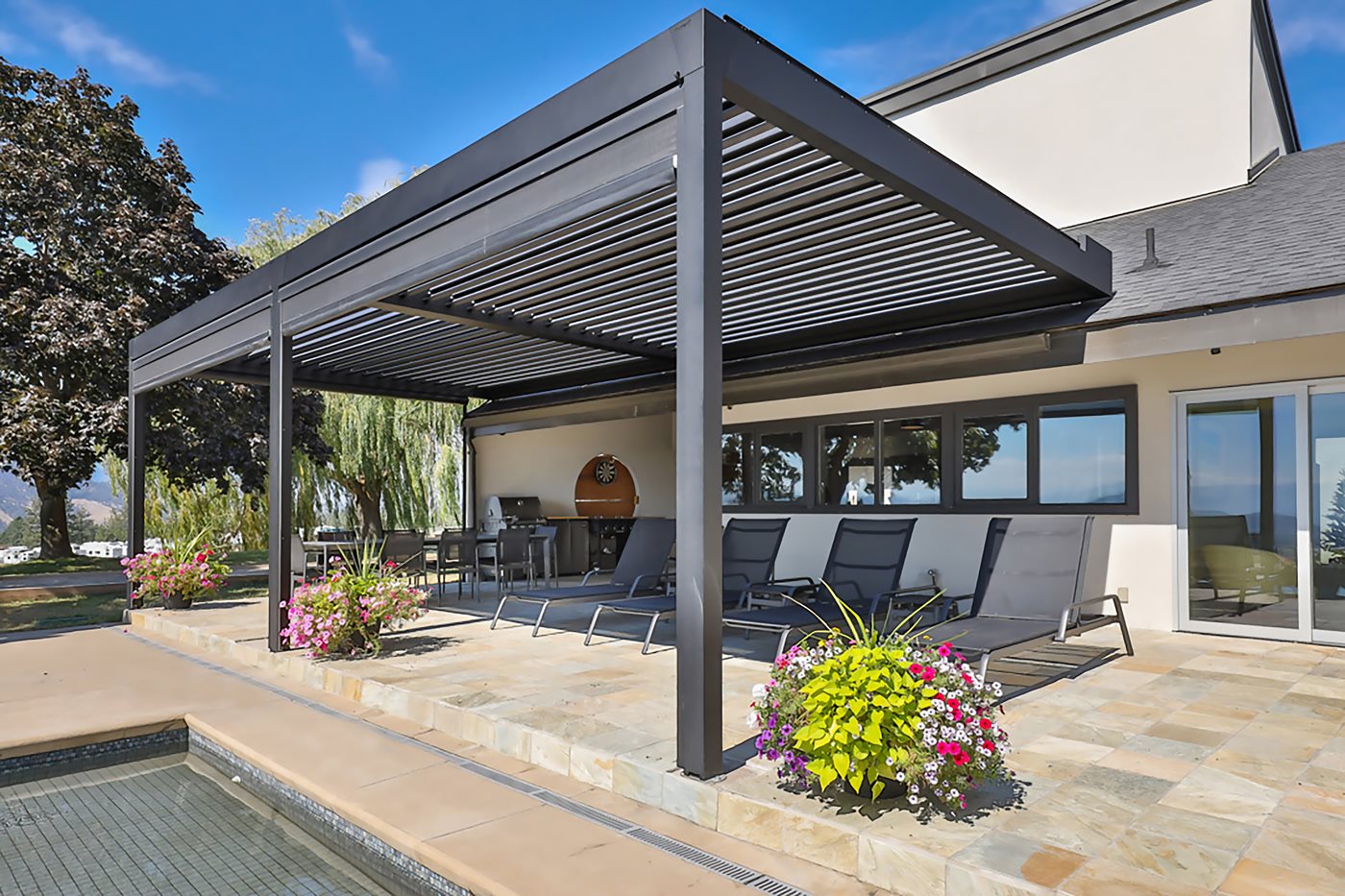
Summer Starts Here: Patios, Pergolas & Shaded Retreats
As summer arrives, your patio transforms into a central hub for relaxation, entertainment, and creating memories. To truly maximize this outdoor season, it’s essential to thoughtfully prepare and enhance your patio space. Here's your guide to creating the perfect outdoor haven this summer with Corradi USA.
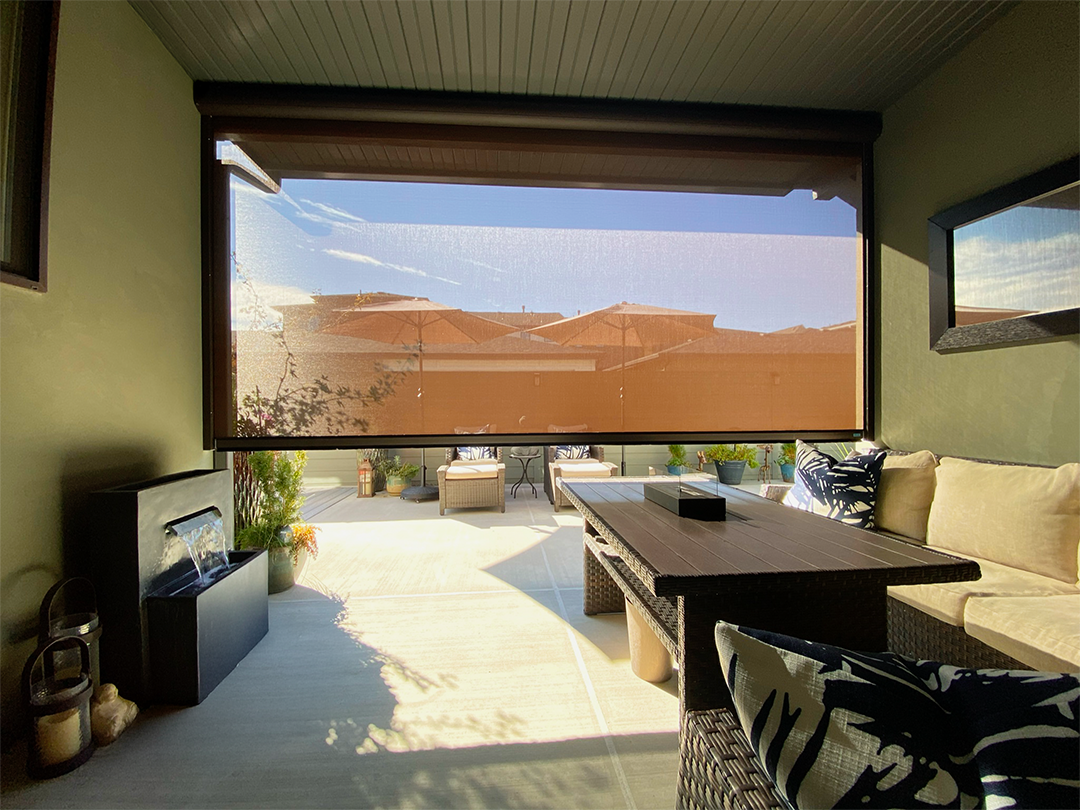
Bug-Protection for Outdoor Living: Keep Insects Out with Exterior Screens
Summer is just around the corner and with that comes the joys of outdoor living: barbecues, backyard parties, and relaxing on the patio under the stars. But as much as we love spending time outside, there’s one thing that can quickly ruin the fun—bugs! From mosquitoes to flies, pesky insects are always lurking, ready to crash your outdoor oasis.
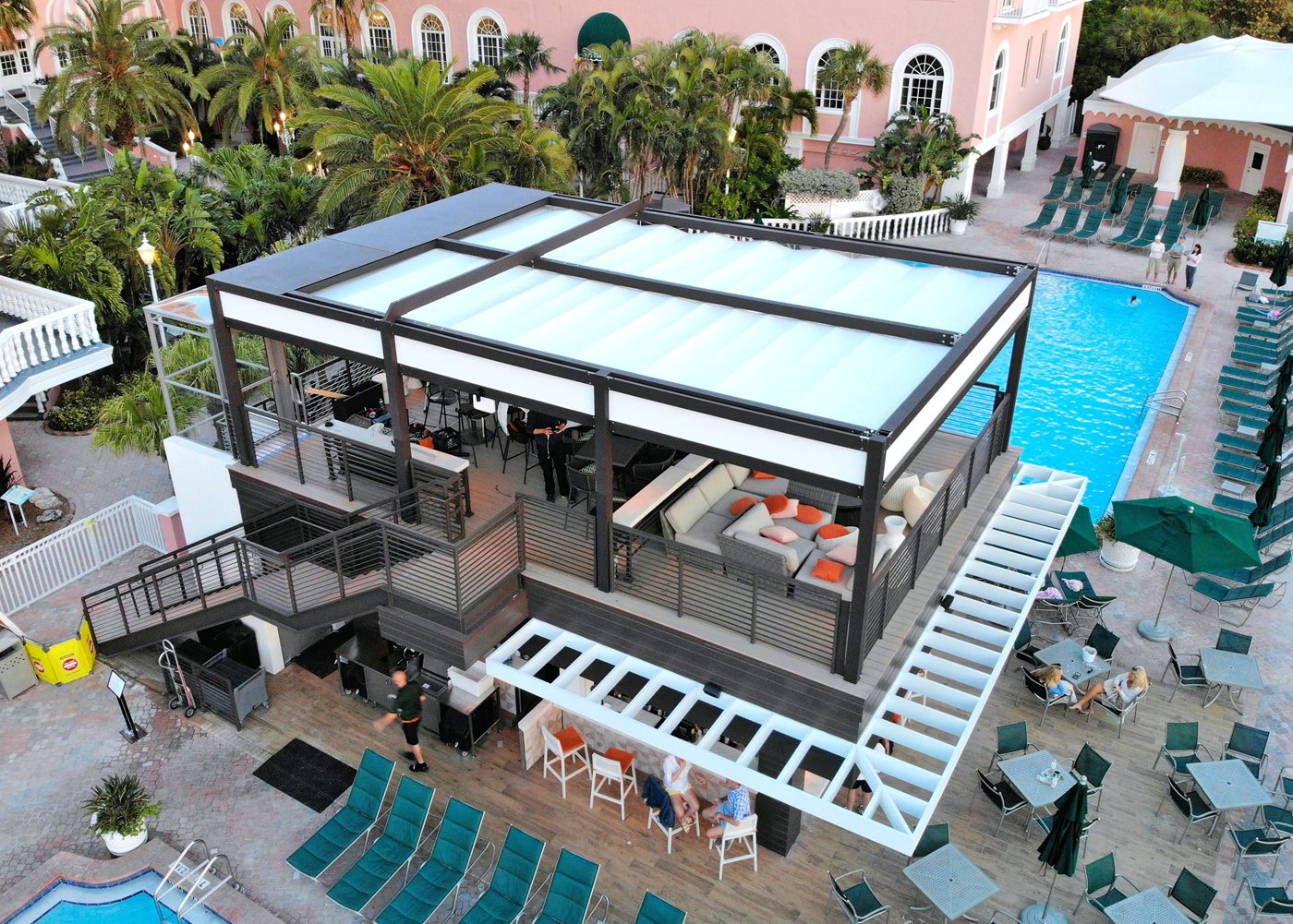
Designing for Heat: Shade Solutions for Warmer Climates
It's best to be prepared before summer comes into full swing. Blazing sun, high humidity, and heatwaves that last for weeks can turn even the most beautiful patio into a no-go zone. But with the right shade solutions, your outdoor space can stay stylish, functional—and most importantly—cool.
Here’s how smart design with louvered roofs, retractable pergolas, and outdoor screens can help you beat the heat without sacrificing comfort or aesthetics.
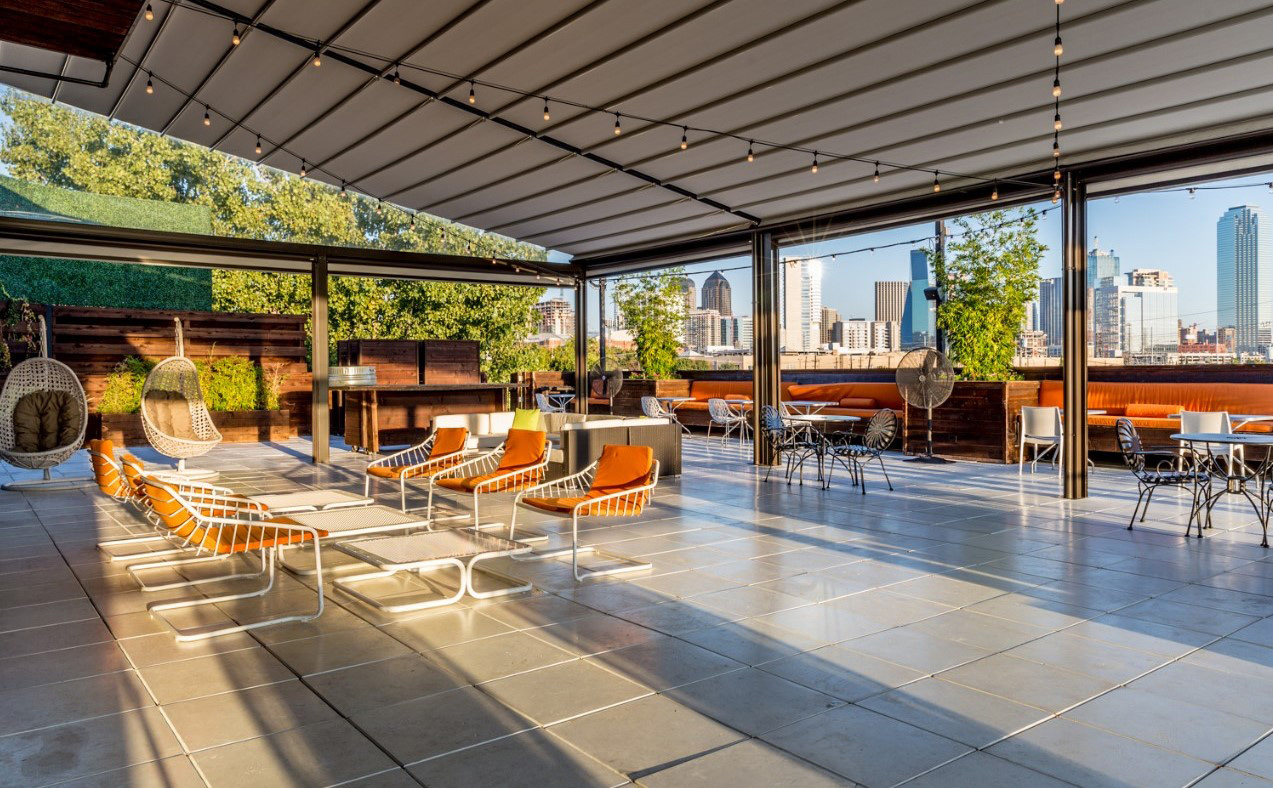
Ready to Dine Under the Dallas Sky? These Patios with Pergolas Have You Covered.
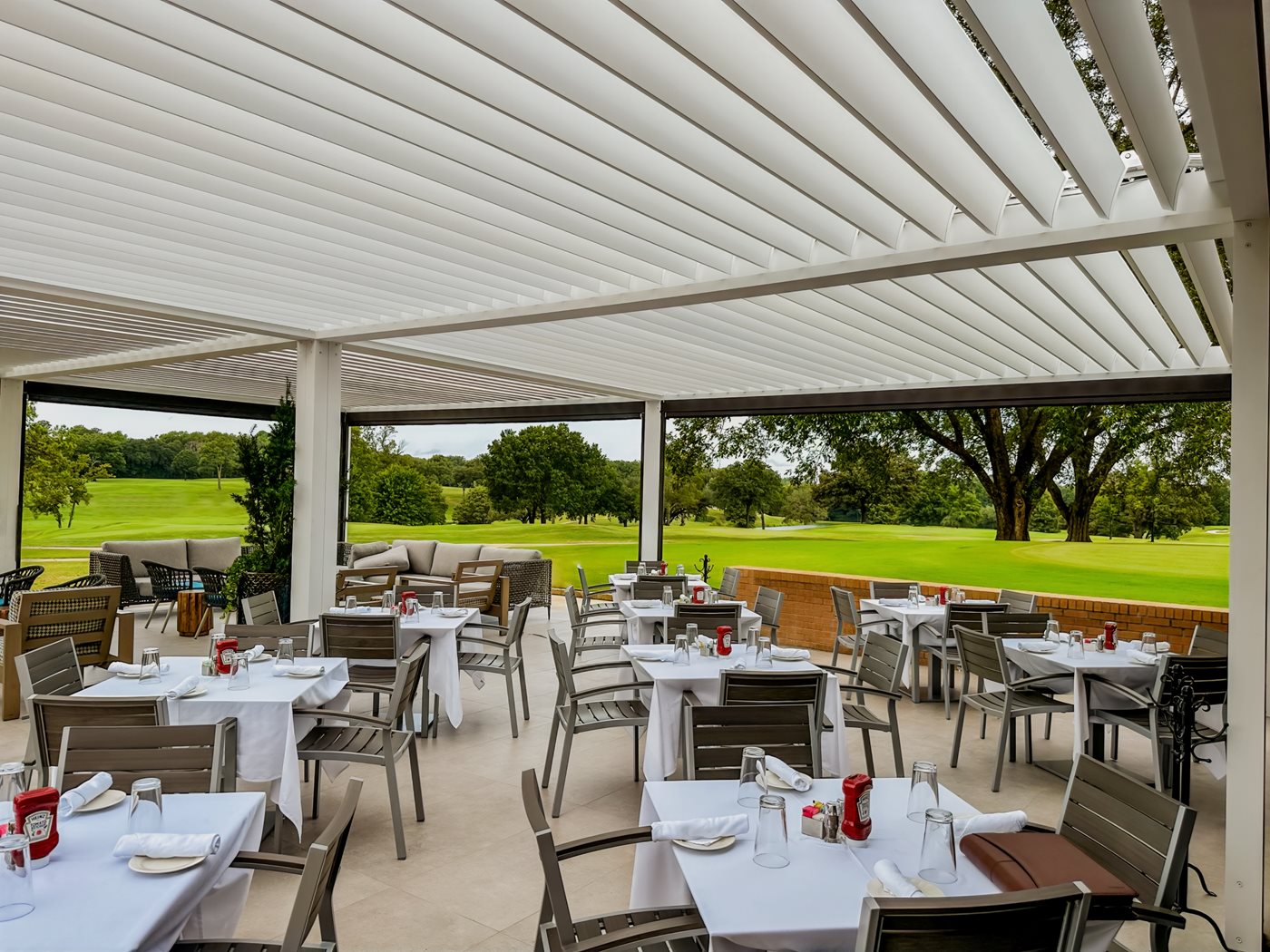
Alfresco Dining: The Art of Eating Outdoors in Style and Comfort
